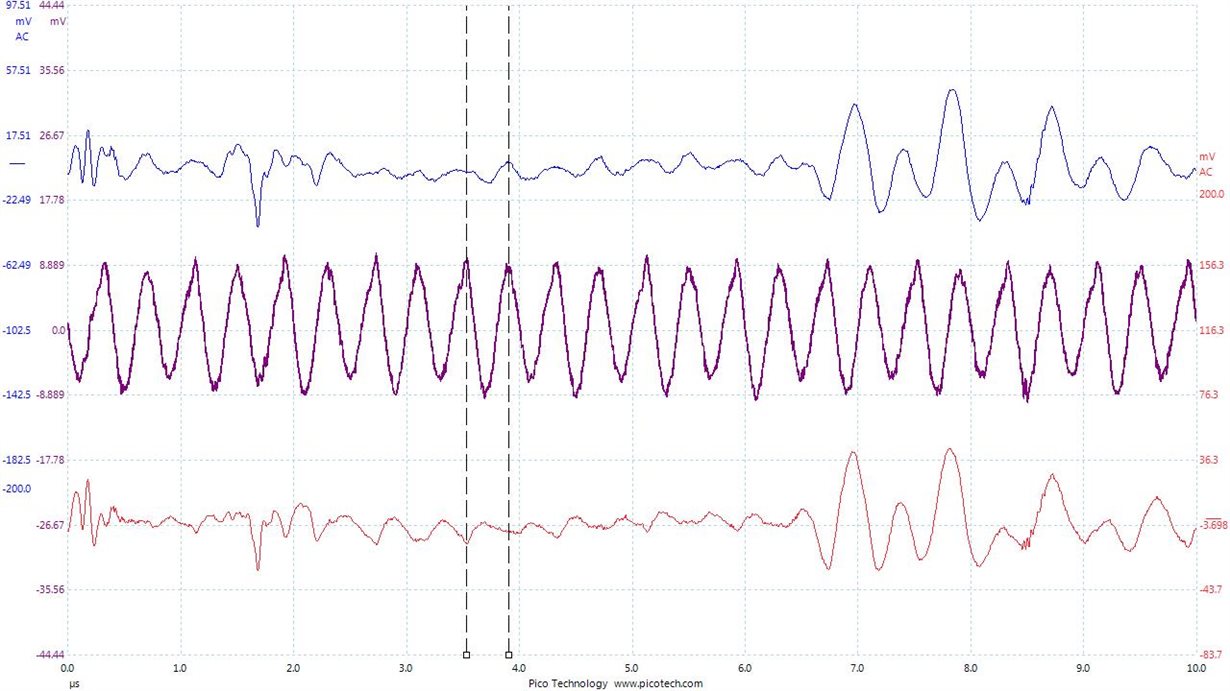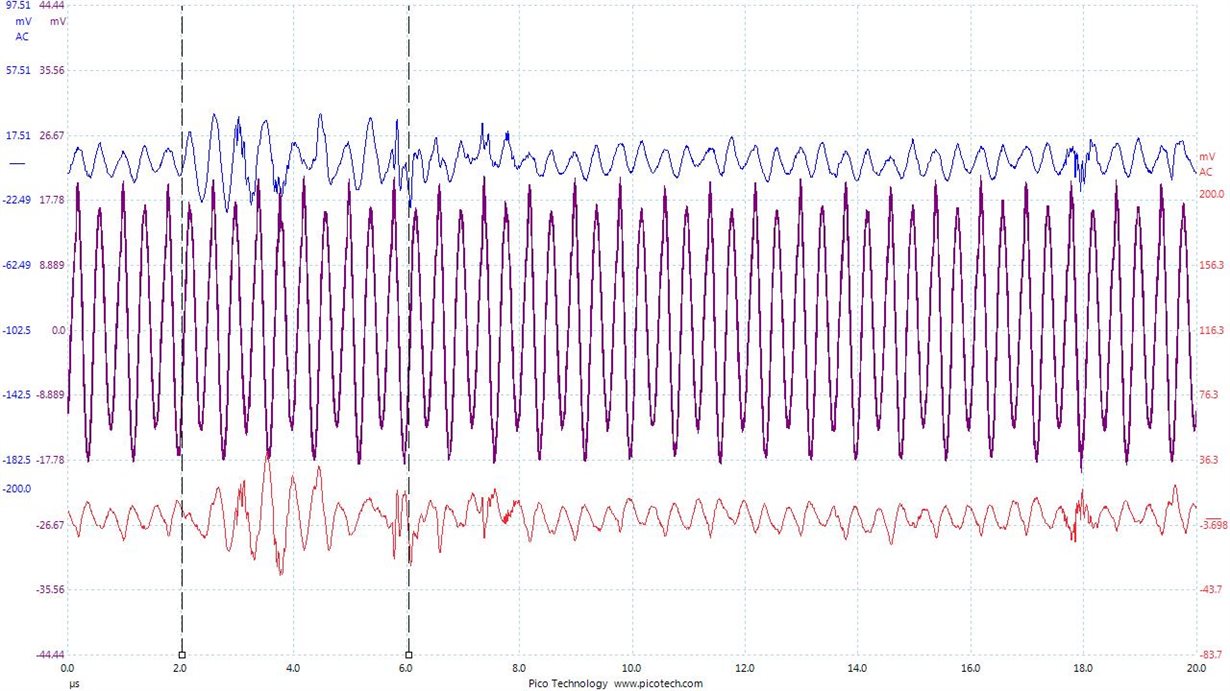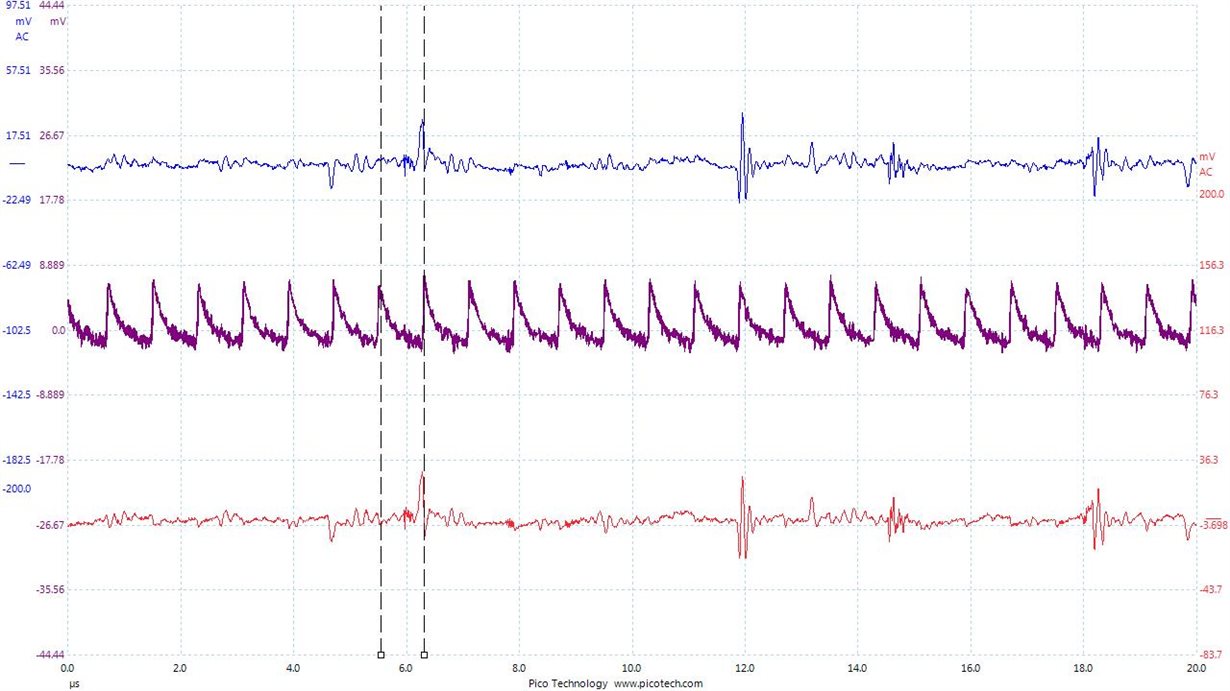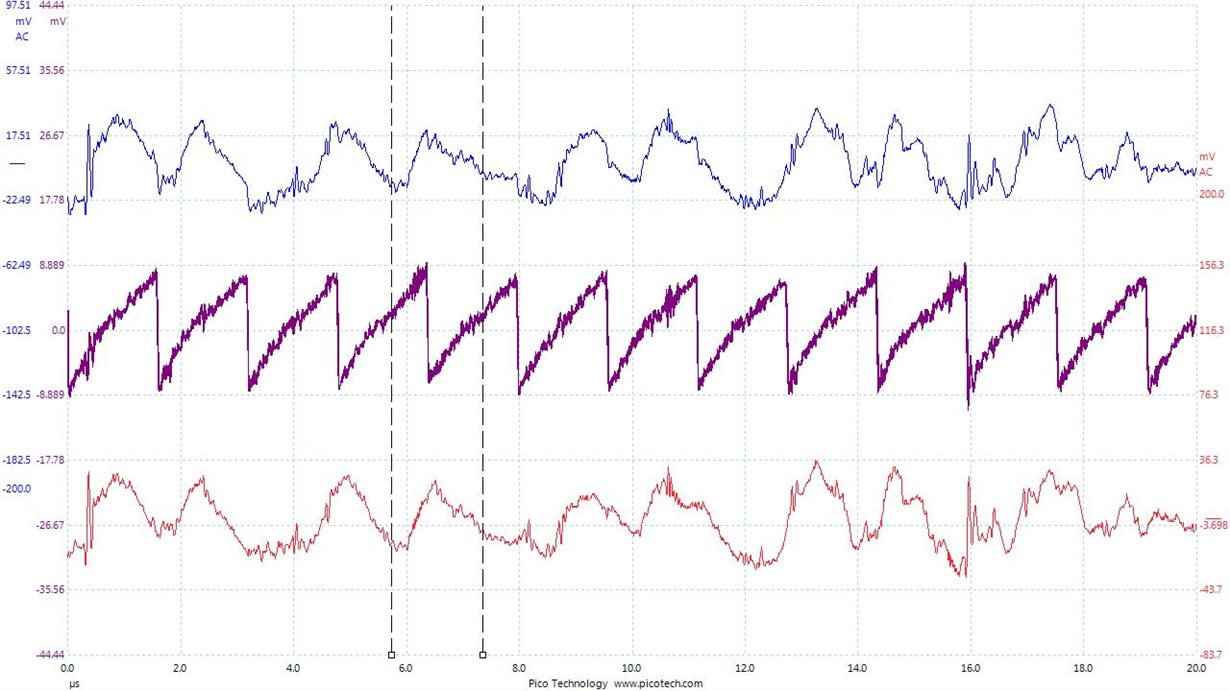Other Parts Discussed in Thread: ADCPRO
I am using the ADS1278 over a variety of sampling rates (1 ks to 30 ks). When I change sampling rate it seems to change the sensitivity (Volts/count). The change seems to be on the order of a few percent but doesn't seem to be monotonic with sampling rate (7 ks could be high, 8 low, 9 high again). I am using it is high-precision mode. Is this normal? I would have thought that all of the sensitivities would have been within the tolerance of the 0.5% gain error on the data sheet.





